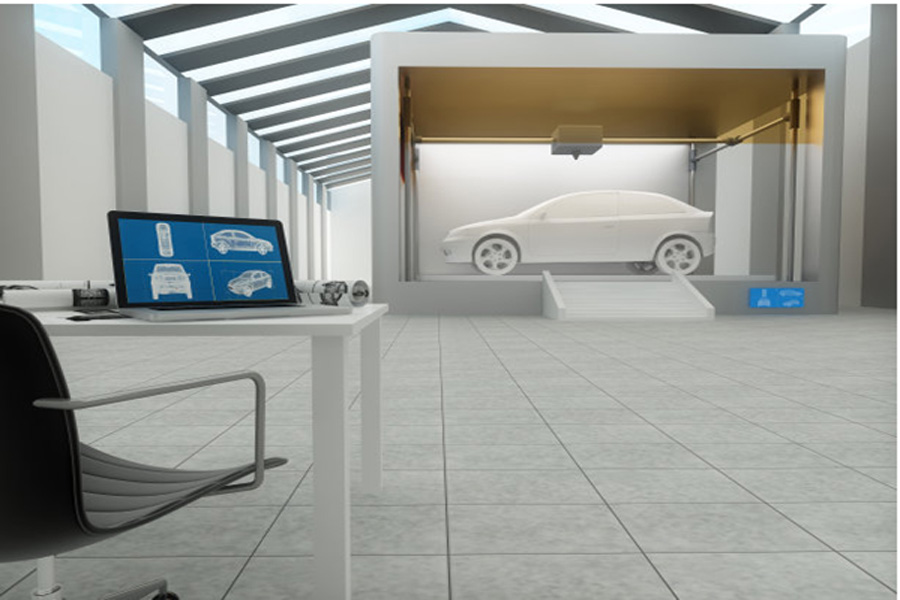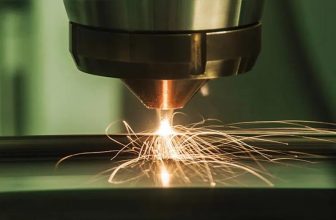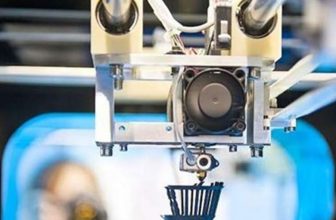
With the gradual rise of the 3D printing industry over the years, home 3D printers have emerged, appearing in everyone’s field of vision, and appearing in families. This does not mean that industrial 3D printers have been abandoned, because these two types of machines have their own merits and are used in In different fields, let’s talk about the difference between these two machines.
1) Printing accuracy
Since the home machine currently only has two technologies, FDM and SLA, from the data information, the difference between industrial machines and home machines is not that big. The minimum resolution of FDM is determined by the size of the printing extrusion port, which is basically 0.3- Between 0.6mm, the layer thickness is determined by the Z axis. Since home machines often use stepping motors, industrial 3D printers use servo motors to prevent loss of synchronization and other precision distortion problems during the actual printing process.
2) Printing speed
Printing speed is another key difference between industrial machines and home machines. Due to the cost constraints of home machines, 16-bit and 32-bit chips are often used as the main control chip. The data processing speed is difficult to compare with 64-bit CPUs. In FDM Due to the accuracy, the difference is not big, but in SLA technology, the scanning speed of the former is up to 1m/sec, while the latter can reach 7m-15m/sec.
3) Design and removal quality of print support
The design of printing support and the separable parameters of the printing entity is the most important indicator to distinguish between industrial machines and household machines. What is the reason? Because industrial machines are used in the actual production field, they must have a high controllability for the final printing effect. Standard, the friends who have used the home machine know that whether it is FDM or SLA equipment, because the support and the entity are indistinguishable during the printing process, the peeling of the support after printing is a particularly uncontrollable factor, and it will generally cause peeling in the end. Failure, damage to the entity. The industrial machine fundamentally solves this problem.
4) Print size is the key index to distinguish between home and industrial 3D printers.
Generally speaking, the larger the supported print size, the more expensive the printer. Suppose you need a 3D printer that can print the size of a microwave oven. The vast majority of home 3D printers on the market today can only print smaller things. Industrial printers are not as simple as home printers. Generally, there are various compliance designs to meet the standards of different industries.
5) Printing reliability
Printing reliability, in simple terms, is the printing success rate. The printing success rate is an index that really challenges the skill of the design team, and it is also a key index to distinguish between desktop and industrial-grade 3D printers, because industrial-grade printers are used for mass production. The printing process is usually very long, usually at least a few hours, and if there is a detail that is not handled properly, the printing will fail. Today, even the most stable home 3D printer in the industry has a printing success rate of just over 70%. The printing success rate of industrial machines can reach almost 100%, which greatly improves production efficiency and reduces comprehensive costs including manpower and time.
6) Self-check function of printing process
According to cost and size reasons, the home machine almost has no automatic correction and inspection function for the printing process, and this design is the standard configuration of the industrial machine.
In general, the main technology of home 3D printer desktop printers is based on cheap FDM, a small part of which involves SLA; while industrial-grade 3D printing equipment covers the whole industry fields of SLA, SLS, SLM, DLP and FMS.





